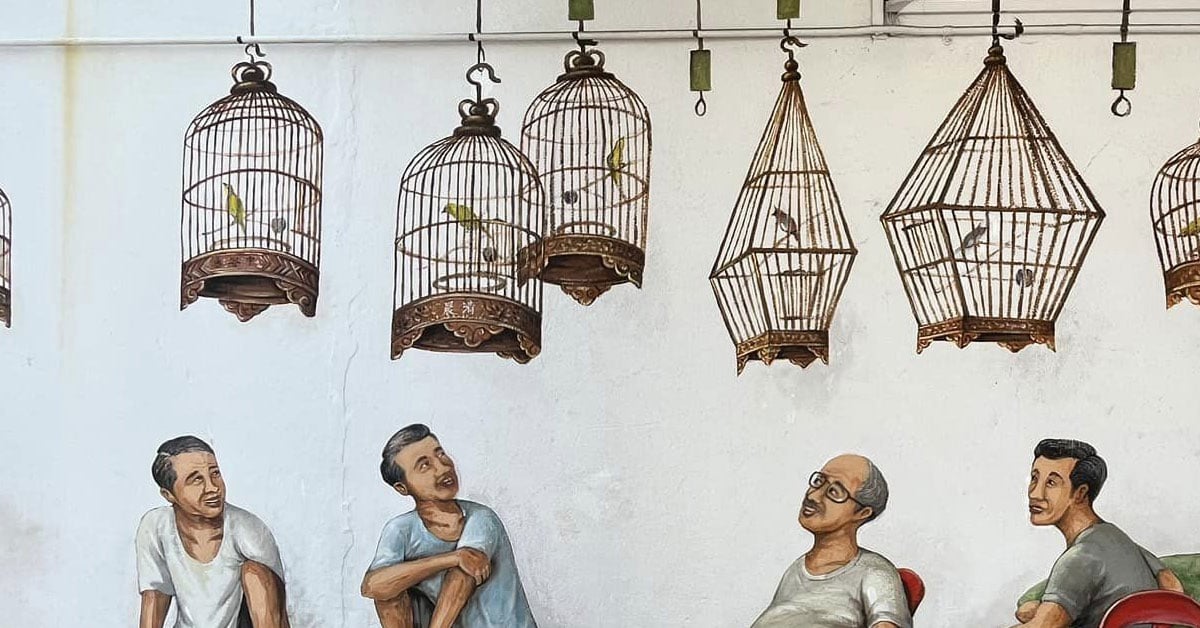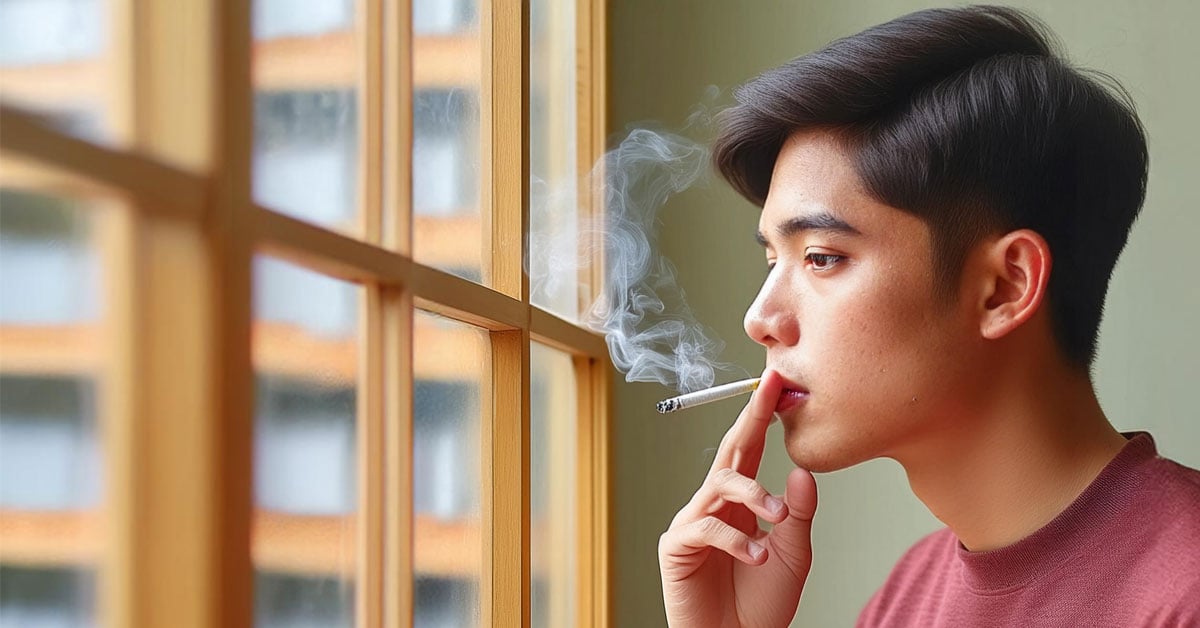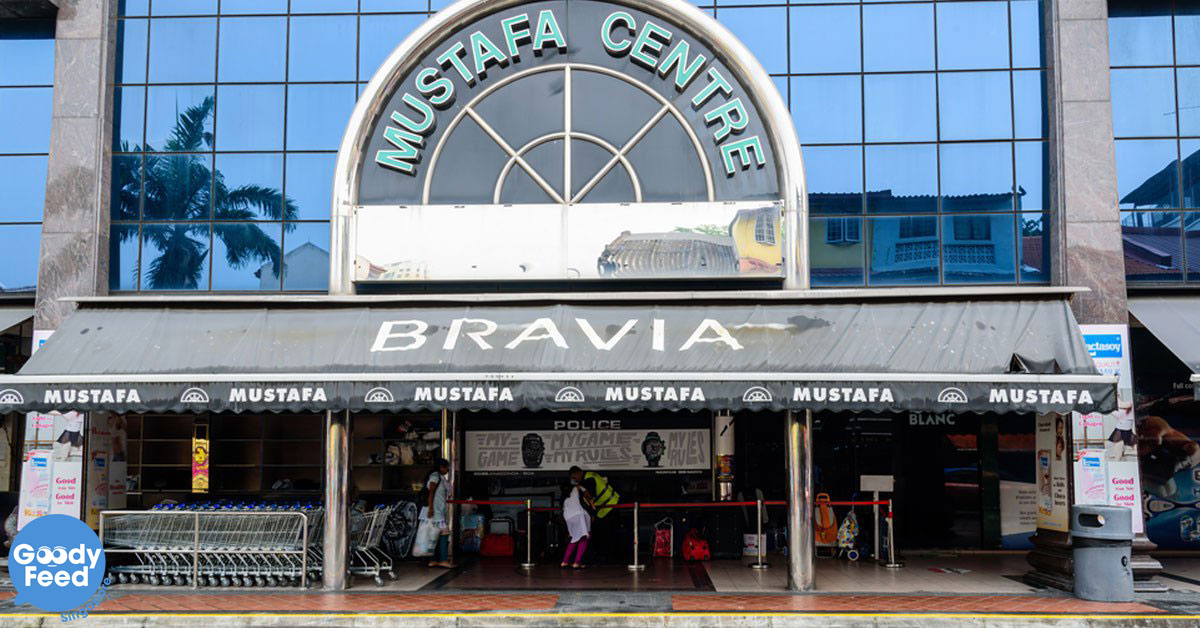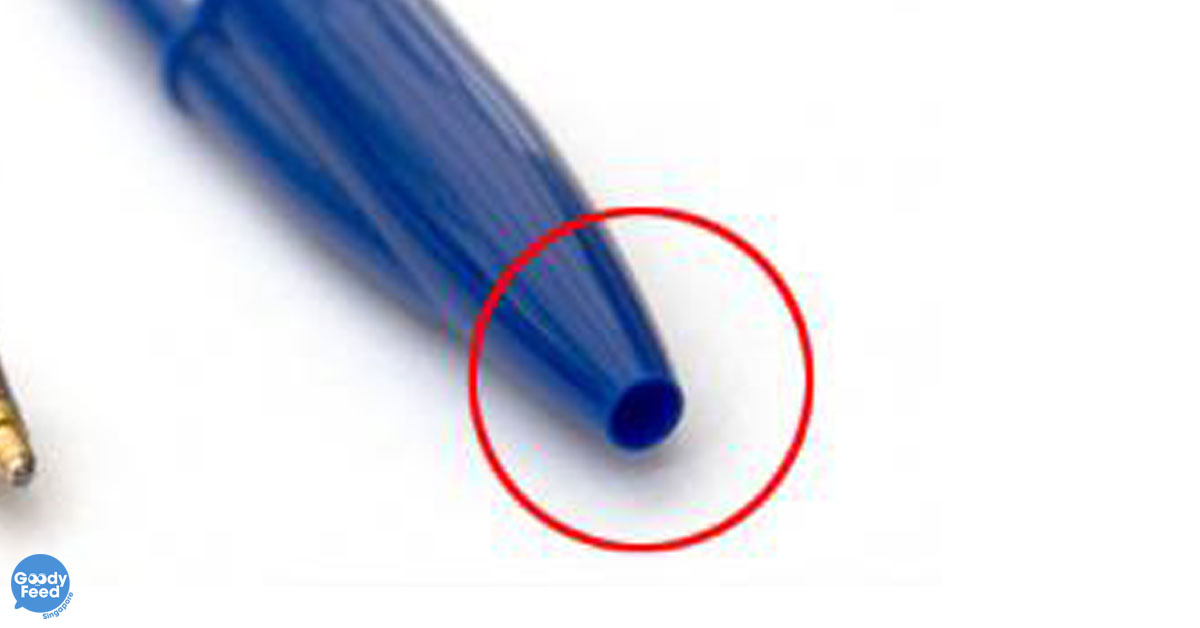For those who are born in the 80s and 90s, do you remember having birds in your house who won’t shut up, but they are somehow the precious gems of your grandfather/father so you can’t do anything about the noise?
Also, no, I am not referring to the uwu bird. That’s a different story altogether.
When you complain to them, they would tell you to learn to appreciate the beautiful singing voices of the birds.
And no matter how you try you just will not appreciate the noise made by those birds. To you, even Angry Birds sound better.
Or whenever in the late afternoons while you’re on your way home, it just so happened that the void deck below your HDB flat has a bird singing corner, and you see a group of uncles gathering together with their bird cages hung at the void deck?
The fear of the birds flying out suddenly and start shitting on you is so real that you took the longer route to the lift lobby of your flat.
Well, the tradition of keeping such birds have died down and only a small number of neighbourhoods today still have a group of people keeping those birds.
But how did it come along?
Bird singing hobby seemed to have originated in Malaysia and Singapore in the late fifties. There were even bird singing contests held back in 1960 and was a huge success. This was where the interest of keeping these birds sparked off in most Singaporeans.
The favourite birds among the enthusiasts (or also known as songsters) are the merbok (zebra dove, white-rumped shama, merbak jambul (red-whiskered bulbul), mata puteh (oriental white eye) and China thrush (Chinese hwamei). The white-rumped shama was featured on the Singapore fifty-dollar note of the bird series.
Back in the sixties, there were tons of bird shops at Rochor Road. A typical bird such as a merobok would cost a few dollars each while prized ones can cost up to $3,000.
Yeah, $3,000 for a bird.
There were several local bird singing groups which were formed then and the more well-known one was the Kelab Burong Singapore (Singapore Bird Club).
They regularly organised annual bird singing competitions back in the late sixties and early seventies at locations such as Jalan Besar Stadium, Gay World Stadium and the South Bouna Vista Training Institute.
When the Jurong Bird Park opened in 1971, it also held bird singing contests to attract more visitors to the park.
The hobby and contests in bird singing started to move into the heartlands in the seventies and eighties when the government ramped up new public housings at Ang Mo Kio, Bedok, Clementi and Tampines.
There were many bird singing corners set up in the flats’ void decks, open fields or the parks within the housing estates. Customised poles and railings used for hanging rows of bird cages were also present in the corners.
This hobby encouraged a lot of social interactions between residents in the same neighbourhood whereby they would chat about their birds and more.
Even though the hobby is not commonly seen around today, but there is still a small number of songsters who are keeping the hobby alive. Some of the singing birds can still be purchased in some neighbourhood pet shops, but let’s face it: sooner or later, this hobby might be completely obsolete.
And we’d be back to hearing uwu birds instead.



